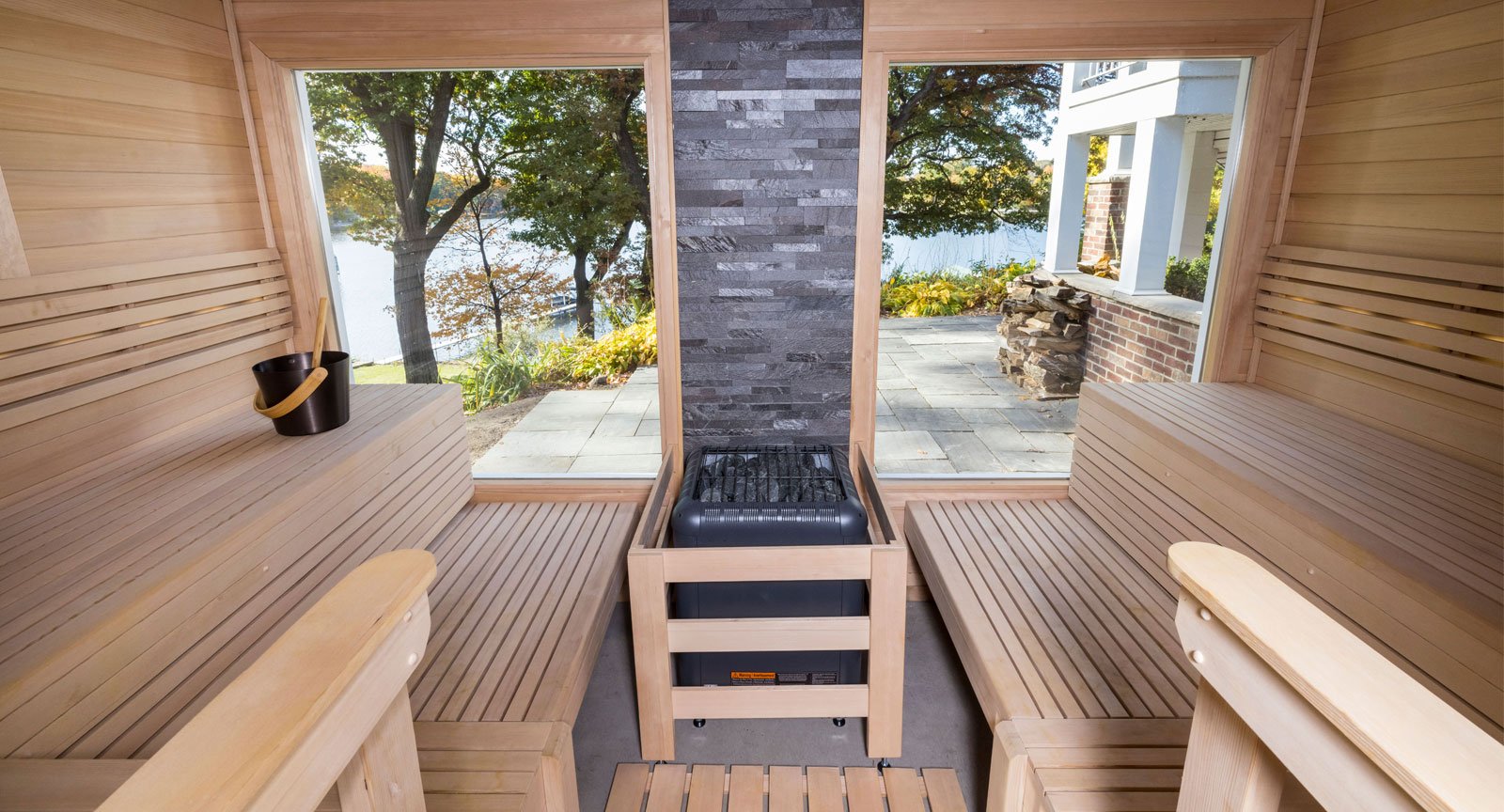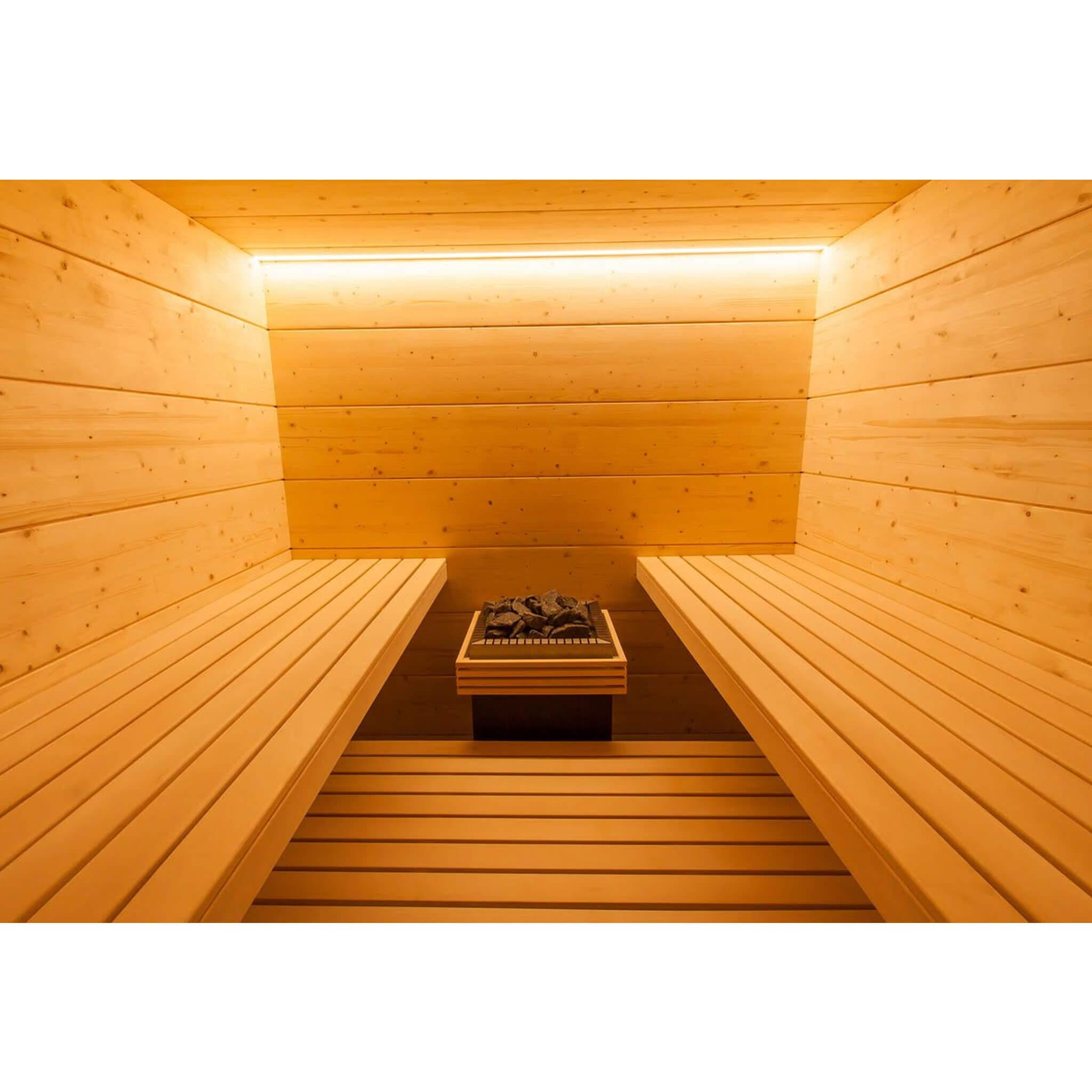The 20-Second Trick For Traditional Sauna
The 20-Second Trick For Traditional Sauna
Blog Article
The Basic Principles Of Traditional Sauna
Table of ContentsTraditional Sauna Can Be Fun For AnyoneAbout Traditional SaunaThe Basic Principles Of Traditional Sauna 5 Easy Facts About Traditional Sauna ShownAn Unbiased View of Traditional Sauna
Most of the weight shed in a sauna is water loss and is re-gained upon rehydrating. Without a doubt sauna can be an important component of a healthy and balanced weight loss program. To look at the distinctions in between typical and IR saunas, I will separate these right into verifiable, academic, and fabricated differences.Hence, the most popular point in the saunawhich is at the ceiling directly over the sauna heateris normally in between 185 and 190 F. Claims that a standard sauna exceeds 200 F is just not real and not applicable for electric saunas marketed in the US. The temperature for a far-infrared sauna is normally established in between 120 and 140 F; however, unlike the traditional sauna, the goal in and IR room is not to accomplish a heat.
Due to the fact that of this, the temperature difference is practically unimportant, given that excessive sweating causes both sauna kinds, yet the method of heating the body is different. In an IR sauna the bather will feel hot and will certainly sweat a lot, yet at a lot lower temperatures (Traditional Sauna). Therefore, if the goal is to invest longer time periods in the sauna, the IR sauna is an excellent selection
When a traditional sauna has been properly warmed, the sauna wall surfaces are cozy, the air temperature has actually attained established temperature and the rocks are very warmed. As a fascinating side note, the heated wall surfaces and the rocks are giving off far-infrared warmth, combined with the warmed air, to create an "enveloping heat".
About Traditional Sauna

When the heat is accomplished, the elements cycle on and off to maintain the heat. Most conventional sauna users delight in putting water over the rocks to develop vapor to increase sauna humidity levels. The advantages of pouring water over the rocks include: making the room more comfy, dampening the nasal flows, and permitting the usage of aromatherapy by mixing important oils with the water.

When the energy goes into the body, it causes the body temperature level to enhance and inevitably results in perspiration. In an infrared sauna it is essential for the emitters/heaters to stay on practically constantly. Since there is no mass of rocks to maintain heat, the sauna will cool if the emitters shut down.
As stated above, the sauna bather in an infrared area wishes to place himself in front of operating emitters to obtain optimal benefit from the warm. The heating time for both rooms can be extremely different, relying on how the areas are used. For a standard sauna, a bather needs to allow 30-40 minutes for the area to accomplish a wanted temperature and to correctly pre-heat the rocks.
7 Easy Facts About Traditional Sauna Explained
A well created sauna will normally attain a temperature of 150-160 F in concerning 30-40 mins. For hotter temperatures, the room may require to warm for a longer duration. As soon as the area attains established temperature, the heating system will certainly cycle on and off, normally running regarding 50% of the time. The insulated walls and the warmed rocks will certainly keep the blog here space hot and at steady temperatures.

Traditional saunas often tend to be larger (for this reason use more electricity) than infrared saunas, although traditional saunas are certainly offered in one and two individual dimensions. For a two-person traditional sauna, 5x6 or 5x7 dimension is most prominent. The leading bench can pleasantly seat 2 or 3 people and is additionally long enough to exist down throughout the sauna session.
All About Traditional Sauna
The typical price per kWH of power in the united state is about $0.11, so a 4.5 kW heating unit will cost around $.50 to compete one hour, if the heating system runs continually for one hour. Generally a sauna heating system will compete 75% of the first hour and 50% of subsequent hours on given that the aspects cycle once the set temperature level is accomplished.

There is a seldom reviewed distinction in the social experience in between the two spaces. While our society has shed several of the social benefit of the conventional sauna experience, it can be extremely socially gratifying (Traditional Sauna). From family time in the sauna, to heart-felt conversations with loved ones, to sauna partiesthe typical sauna experience can cause intimate socializing
Examine This Report on Traditional Sauna
The majority of greater end infrared areas include colored light therapy, audio systems and full-glass fronts.
Report this page